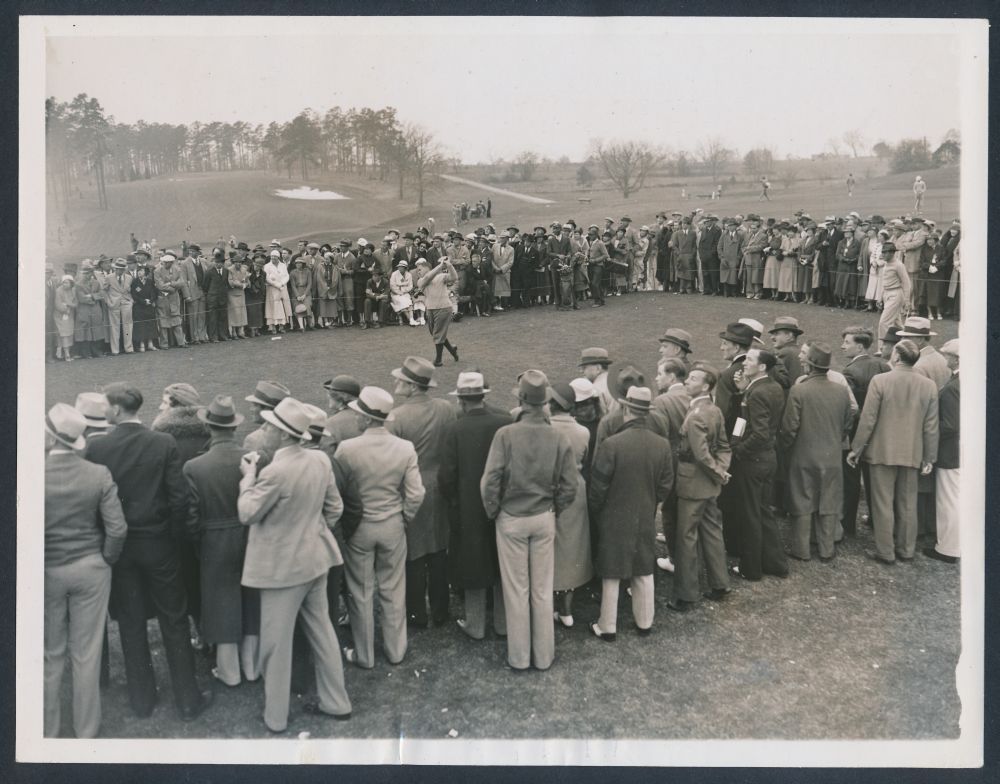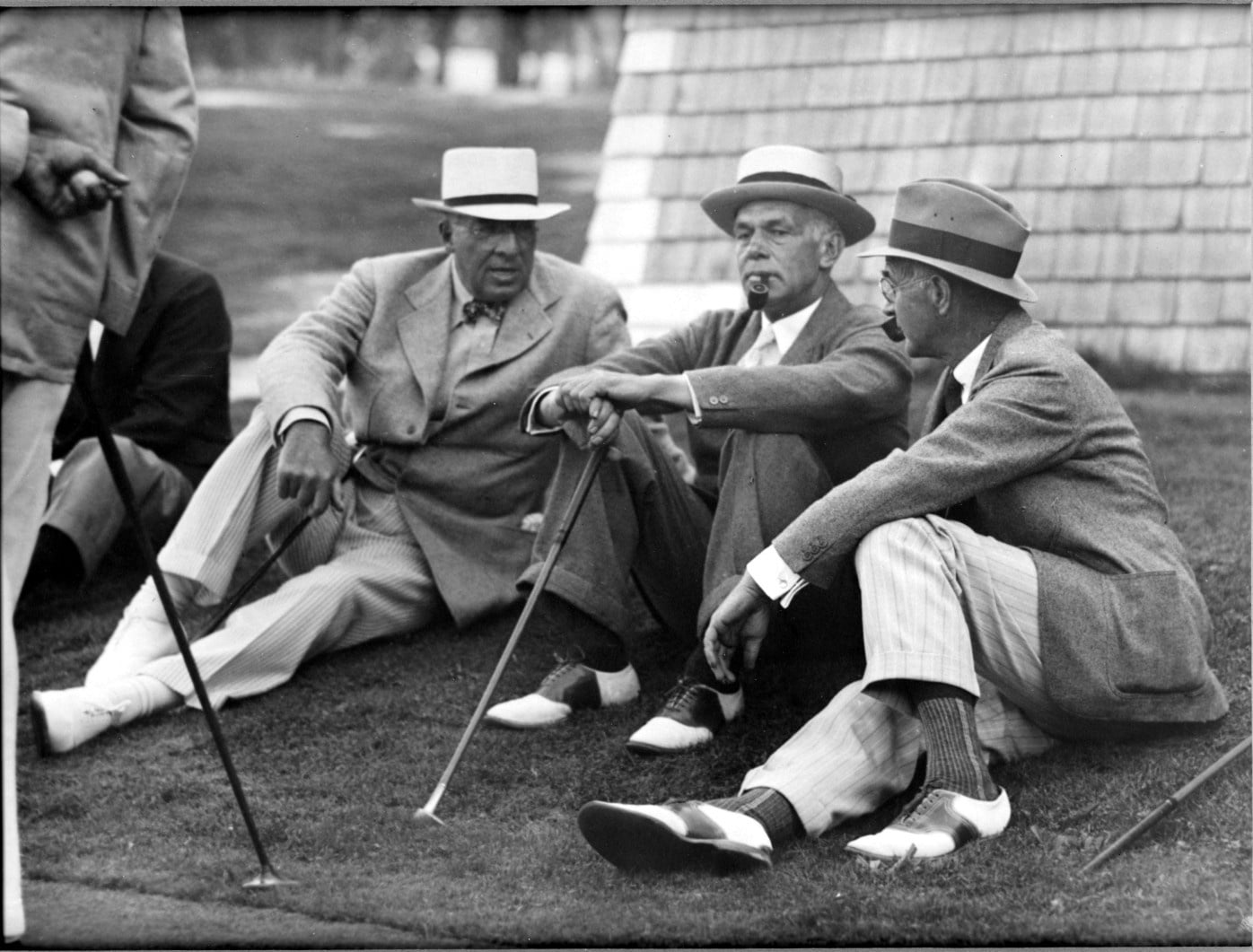Our History
Over 125 Years of History!
Established in 1888
Since 1888, golfers from all over the world have risen to the challenges of the Kebo Valley Golf Club. Kebo is a very well conditioned Links style course. Rich in tradition, endless in surprises, incapable of being mastered, once played, never loses its attraction. Kebo is a source of pride for Bar Harbor, Maine. Located on Mount Desert Island, bordering Acadia National Park, Kebo is an enticing attraction to tourists from around the world, as well as locals and our members. Kebo is a living entity to the people who challenge its fairways. Its face and character constantly change with the seasons, the wind conditions, and even with the daily movement of the sun. It seems, at times, nature conspires with the course in order to change a brilliant nine or even fifteen holes, into a frustrating round by the time one walks off the 18th green.
But Kebo is not just a golf course. It is a sanctuary, even to those who have never played the game of golf. It preserves hundreds of acres of land in their natural state, providing a recreational resource which helps draw thousands of visitors to Mount Desert Island. It is a haven amidst the hectic pace of a Bar Harbor summer.
It is a sanctuary, even to those who have never played the game of golf. It preserves hundreds of acres of land in their natural state, providing a recreational resource which helps draw thousands of visitors to Mount Desert Island. It is a haven amidst the hectic pace of a Bar Harbor summer.
On July 14th, 1894, the local paper, the Bar Harbor Record, noted “A golf club has been formed and links covering one and three-fourths miles have been laid out at Kebo Valley. Mr. Herbert Leeds, the champion player, is the instigator of the club.” Leeds would return to Kebo over the years, and after redesigns by member Waldron Bates and pro Shirley Liscomb, he had played a pivotal role in creating the 18-hole course that remains in play today. Kebo Valley Golf Club is one of those rare courses that seems both state-of-the-art and turn-of-the-century. The course is every bit as captivating today as when it was first played over one hundred and thirty years ago.
Traditions start here


Milestones
- April 27, 1888: Kebo Valley Club incorporated as a business promoting the “cultivation of athletic sports and furnishing innocent amusement for the public for reasonable compensation.”
- July 18, 1889: First clubhouse opens, near the site of the current fourth hole. The club grounds also host a small theater, casino, horse race track, baseball field, and tennis and crochet courts.
- 1891: First six holes, designed by famed architect H.C. Leeds, completed. Only 7 other courses operating in the year 2000 were built before Kebo.
- 1896: Course redesigned, 3 holes added, completing the nine-hole layout. “Kebo Valley Golf Club Links” began to attract national attention.
- 1899: First clubhouse burns down at the beginning of July.
- 1900: Second clubhouse opens near the site of present 18th green. Famed golfer Harry Vardon plays an exhibition match.
- 1902: Kebo becomes a member of the United States Golf Association.
- 1906: Course reconstruction shifts layout, boosts length from 2501 to 3000 yards.
- 1911: President Taft cards a 27 on what was then the “Elbow” hole, which is todays 17th. This hole is now commonly referred to as the “Taft” hole.
- 1920: Kebo acquires 40 acres of land east of Harden Farm Road. Opens the “outer” nine holes, completing the 18-hole layout.
- 1922: Golf great Walter Hagen played two rounds with famous trick shot artist Joel Kirkwood. Hagen first shoots par 70, then cards a course-record 67. Hagen’s record would stand for 50 years before club pro Lew Hersey shoots a 65. Some years before Hersey’s great round, longtime Kebo worker William ‘Bill” Burns challenged Hagen’s record. He was eight strokes under par through 16 holes, but despite the efforts of friends and fellow golfers to illuminate his finish with their car headlights, Burns was unable to complete the round.
- September 3, 1926: One of the nation’s leading golf architects, Donald Ross, wrote that the third hole should be rebuilt. Ross argued that an approach shot failing to reach the lofty summit would ignominiously roll back downhill past the luckless golfer. As the blood pressure of the then average portly member of Kebo rose, arteries hardened and breath, as well as tempers, became short. It was eventually decided that the climb to “Shangri-La” green should be eliminated. Today, members often wonder how it might be to play the third hole as originally constructed.
- 1947: The Fire of 1947 consumes 2nd clubhouse, and much of Bar Harbor.
- 1958: Carts begin to replace caddies.
- 1960: Kebo hosts its first Maine Amateur. Jimmy Veno wins the Men’s, and Martha Page wins the Women’s.
